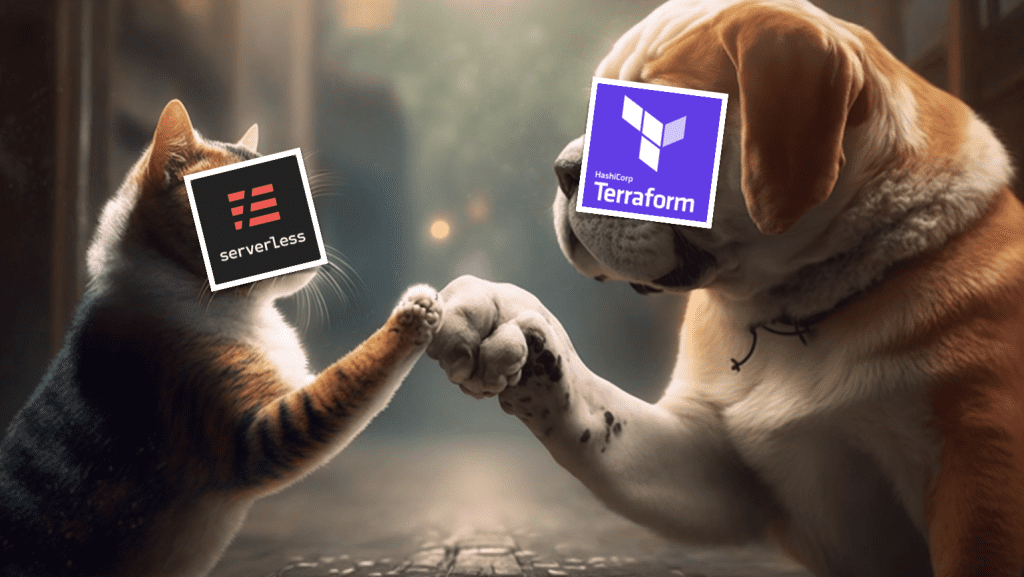All you need to know about caching for serverless applications
Caching is still important for serverless architectures. Just because AWS Lambda auto-scales by traffic, it doesn’t mean we can forget about caching. In this post, let’s break down by caching is still relevant for serverless and where we can apply caching in a serverless architecture. Caching is still VERY relevant. Yes, Lambda auto-scales by traffic. …
All you need to know about caching for serverless applications Read More »



